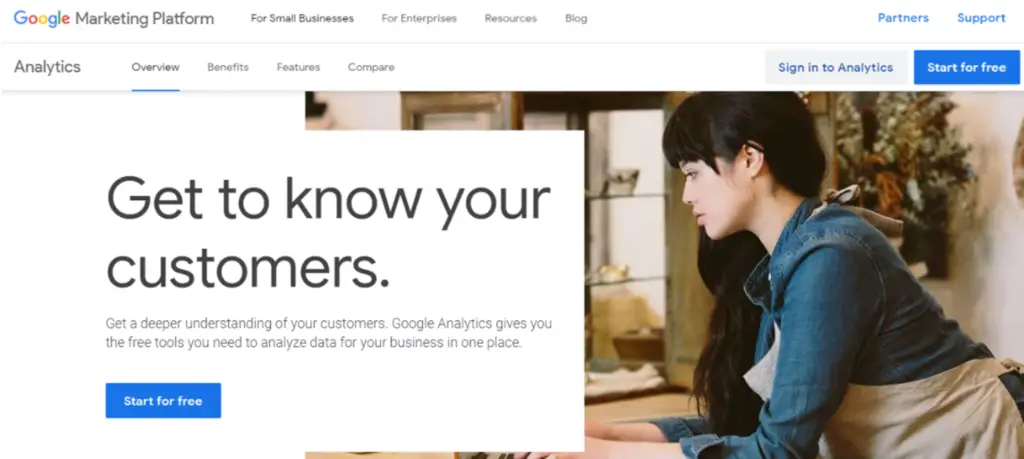When creating your landing page, you need to have the right content that will have a high converting rate. To do it properly, you need to conduct audience research, and this is how to perform that research.
So, when you’re ready to give your site a much-needed facelift check out WPMU DEV. WPMU DEV’s all-in-one WordPress platform gives you everything you need to manage, update, optimize, secure, and host a website – all under one roof. Get 20% off any of their plans here.
1. Customer interviews and surveys
The first step in the research is to conduct customer interviews and surveys. Use continuous research, and reach out to your audience to get feedback on your product. When creating questions for interviews or surveys focus questions about the user experience instead of on the sole features of your product. Ask your users what will help them instead of what will help you.
Once you receive feedback focus on how it will be used. Language and sentences formulation is important, and also from which users’ demographic area you would like to receive a response. With a good question strategy, the feedback will trigger the right action from you.
Consider offering something in return for feedback, like a promotional discount or gift card of symbolic value, maybe a small donation, etc. This can increase the response rate significantly, almost up to 50%.
2. Social media platforms monitoring

A great way to research the audience is certainly from their online activities. Social media platforms are places where the audience “hangs out.” Google isn’t the only source for providing insights, social media platforms are also great insights providers.
From your Facebook page insight, you can see the demographic structure of your audience, their engagement, and which posts drove the most traffic. FB groups are currently very popular, more than 1,5 billion people are engaged in their activities. So by seeing which hobby, interest, or activity the audience focuses on you will have insight into your target audience.
Don’t focus only on Facebook, look into Twitter, Instagram, YouTube, and LinkedIn since they will give you even more specific pictures of different interests of your audience, what they use for fun or business.
3. Competition
When researching your competitors, focus on why customers choose their products. This is a way to understand how to be “one step ahead” of your competition.
Questions to ask are:
- Why do users like this product? You can find the answer to this question in reviews or social activities.
- What is the amount of money that customers are willing to spend on competing products? This will help you to understand your pricing strategy and how to position it in regards to the geography and psychology of your customers.
4. Google Analytics

This is where you need to look to see how the traffic is driven to the landing page. Google Analytics will not only capture the demographic data of your audience, but it will also divide low-value and high-value users so you can target a bigger group of potential customers. It will give you insight into users’ preferences, the time they spend on certain pages, and what will drive them to your landing page.
5. Keyword Research

When searching online, people use keywords to define what they are looking for, and keyword research is a process of identifying those keywords. So by using the right keywords, you will create content to attract the audience, meaning a better conversion rate overall.
This process can be a rather time-consuming one for the researcher. You will need to go through the details of used keywords and compare all of the data, but the result is very important. With this result, you will be able to have content that is easily searchable and this strategy will also improve your SEO and content development.
The keyword can be a single word or a combination of several words. This research can be done manually or by using keyword research tools.
Conclusion
This research will help in creating and customizing your landing page, and also your marketing strategy. Learn how to grow with your audience, and don’t make it a one-time thing, do it continuously.


